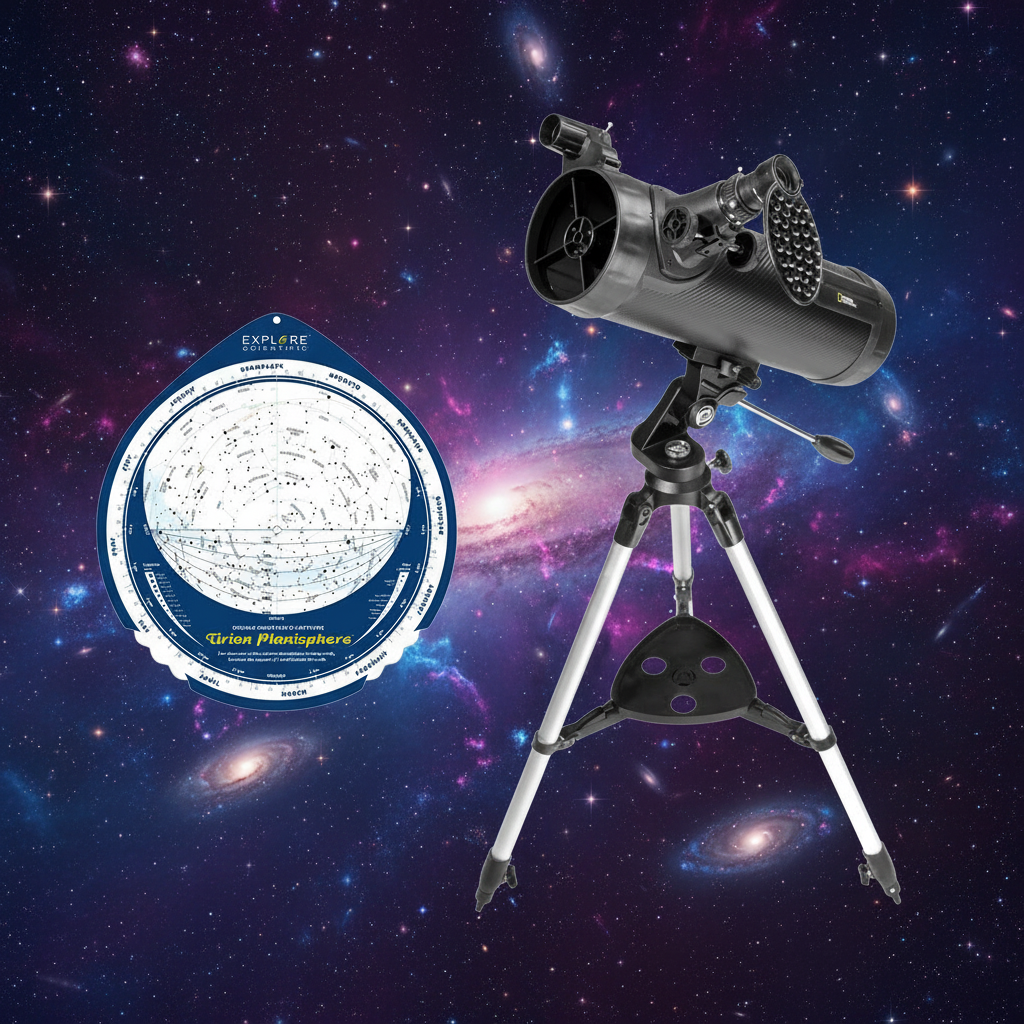At any moment of the day, countless awe-inspiring celestial events are unfolding in the sky. With a universe of options, it can be hard to pin down what to observe, what to look into or what to remember. This column takes a peek at what’s happening in the sky and in the world of astronomy in general to provide a quick list of highlights that can jumpstart your own explorations.
February 16th-22nd
What to observe:
Feb. 21- Conjunction of Venus and Mars
The brilliant Venus and the reddish Mars will cozy up in the early evening western sky on February 21st beneath the thin crescent Moon. During the conjunction, the planets will be positioned visually within ½° of each other — a distance akin to the diameter of the Moon — in the Pisces Constellation. This beautiful pairing will be the closest for the two planets since September 2008, and they will not snuggle up like this again until 2017. This closeness combined with the brightness of Venus, which will be 88 percent illuminated, means that it will probably be difficult to see Mars unless you have an optical aid like binoculars or a medium power telescope.
What to commemorate:
Feb. 18 - 85th Anniversary of the Discovery of Pluto
In 1905, Percival Lowell, the successful businessman, mathematician and passionate amateur astronomer who founded Arizona’s Lowell Observatory, began an intense search for a ninth planet. Lowell had observed anomalies in the orbits of Neptune and Uranus that he believed could only be explained by the presence of another planet, which he dubbed “Planet X.” After more than a decade of observing and calculating, Lowell died in 1916 with his search for this elusive object unfulfilled. After a lengthy legal battle over Lowell’s estate, the long-shelved search for Planet X began again in 1929 when observatory newcomer Clyde Tombaugh was given the task of continuing Lowell’s work. Tombaugh, who was raised on a farm in Kansas, could not afford college as a young man so he fed his avid interest in astronomy by building his own telescopes out of old equipment parts and mirrors and lenses that he ground himself. He sent detailed drawings he had made of his observations of Jupiter and Mars to the Arizona observatory for feedback and was quickly offered a position instead. Tombaugh embraced the monotonous and painstaking task of scouring the skies for Lowell’s theorized Planet X. The search involved surveying portions of the sky by using a camera to take photos of the same section of sky one week apart and then meticulously analyzing them for any signs of movement in the objects. Tombaugh used a blink comparator that quickly flipped back and forth between the photographs to look for movement. On February 18th, 1930, he found what he was looking for when studying plates that had been taken on January 23rd and January 29th. The discovery of Planet X was confirmed and then announced on March 13, which was Lowell’s birthday. Needing to name the new planet, the observatory sent out a call for suggestions. After hearing about the discovery of this long-hidden planet from her grandfather, Venetia Burney, an 11-year-old girl from England, said it should be named for Pluto, the Roman god of the underworld. Her grandfather forwarded the suggestion on and it was soon selected. Burney, who passed away in 2009 at the age of 90, did live to see the object she named lose its status as the ninth planet when it was reclassified as a dwarf planet by the International Astronomical Union in 2006. Astronomers have slowly learned more about Pluto since it was identified. In 1978, astronomer James Christy discovered its largest moon - Charon. The Hubble Space Telescope eventually revealed four smaller moons - Nix and Hydra in 2005; Kerberos in 2011 and Styx in 2012. NASA hopes to learn more about Pluto, its moons and the Kuiper Belt in which they all reside when the New Horizons spacecraft, which was launched in 2006, arrives at the distant worlds this year.
As an Amazon Associate we earn from qualifying purchases.












Leave a comment
This site is protected by hCaptcha and the hCaptcha Privacy Policy and Terms of Service apply.